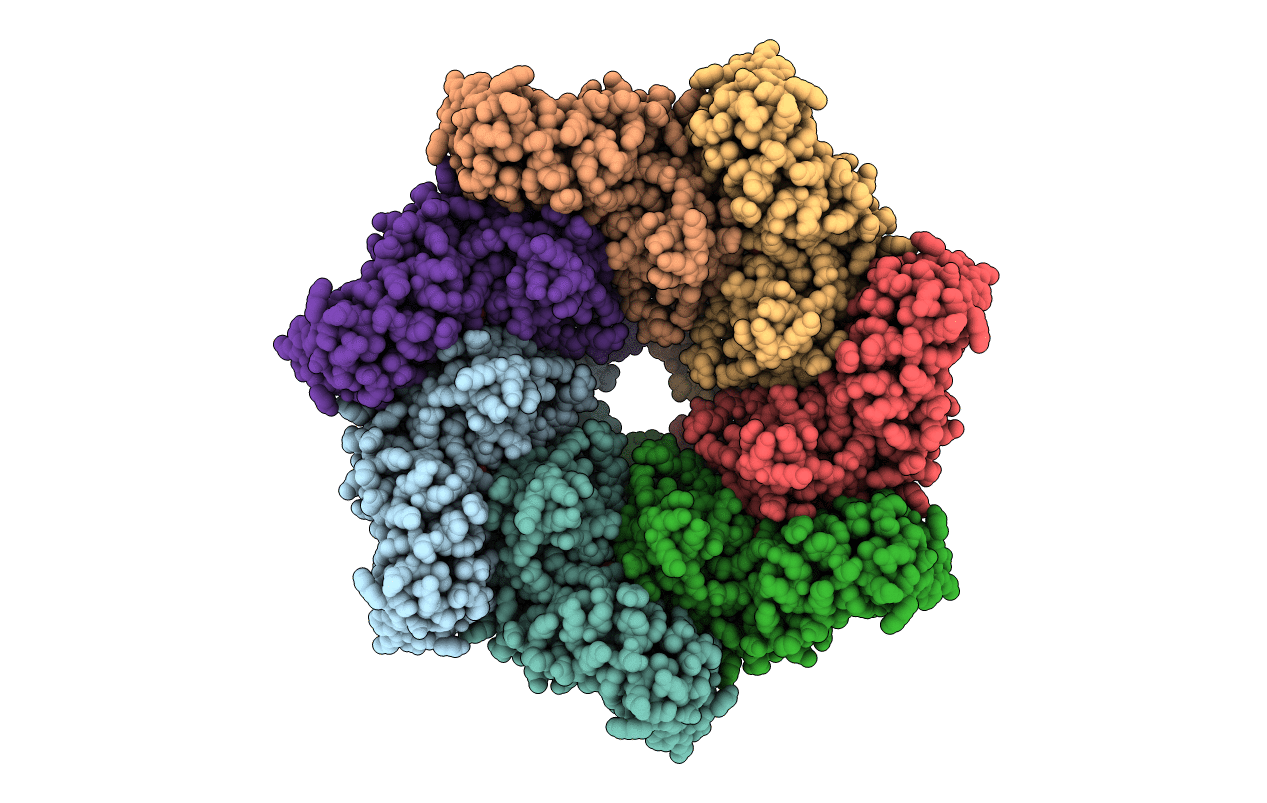
Deposition Date
2010-03-02
Release Date
2010-11-03
Last Version Date
2023-09-06
Entry Detail
PDB ID:
3M0E
Keywords:
Title:
Crystal structure of the ATP-bound state of Walker B mutant of NtrC1 ATPase domain
Biological Source:
Source Organism:
Aquifex aeolicus (Taxon ID: 63363)
Host Organism:
Method Details:
Experimental Method:
Resolution:
2.63 Å
R-Value Free:
0.24
R-Value Work:
0.20
R-Value Observed:
0.20
Space Group:
P 21 21 2


